Lubricating systems are systems used to assist the smooth and healthy operation of rotating machinery parts like gears, bearings, dies, chains, spindles, cables, pumps, and rails. Manual lubricating methods (e.g. with a grease gun) are typically performed on schedule by an individual worker. Read More…
Established in 1997, Acumen Technologies, Inc. has been a trusted manufacturer of a high quality chain oiler for fifteen years. Our experienced employees are very knowledgeable and ready to answer any questions you may have about lubricating products and equipment. We seek to create products that solve lubrication problems you may be having. Contact us today and let us know how we can serve you!
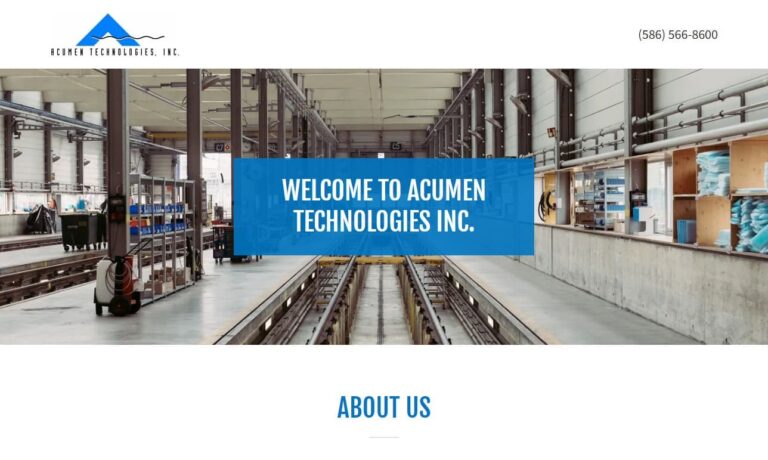
Our grease pumps cannot be topped! Since we were established we have been providing our customers with an extensive line of lubrication systems equipment that will stand up the rigorous wear and tear of everyday application in order to provide a lifetime of value. We have been providing our customers exceptional customer service and this is a tradition that we strive to continue. Visit our...
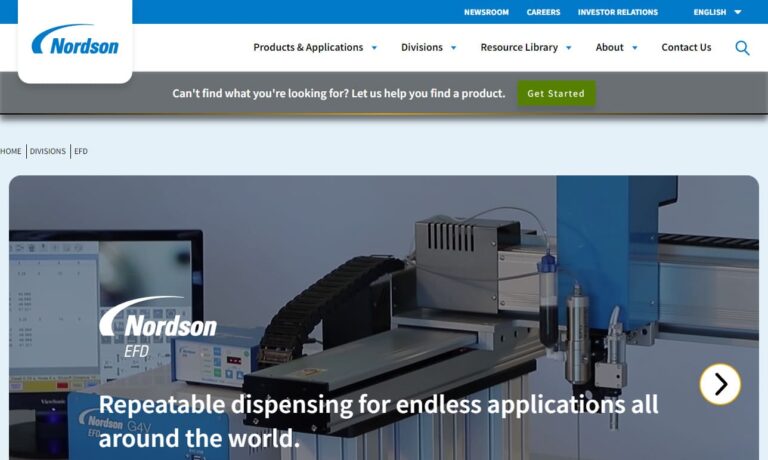
Automatic lubricating systems, lubrication equipment, bulk grease transfer systems, pumps and other lubricating machinery are available through us. We design and manufacture lubrication systems and make repairs. We distribute specialty lubricants, chain lubricators and other lubrication products.
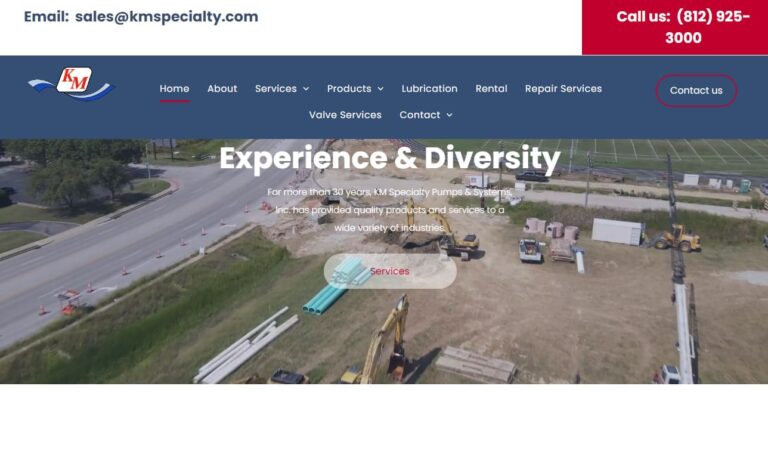
North American manufacturer and distributor of meters and systems designed for monitoring circulating oil lubrication and grease distribution. Product types include variable area flow meters, oval gear flow meters, grease pumps, dosers and flow sensors. ESKO meters are available in multi-flow configurations of up to 12 meters in a bank. Lubrication monitoring systems can be furnished in custom...
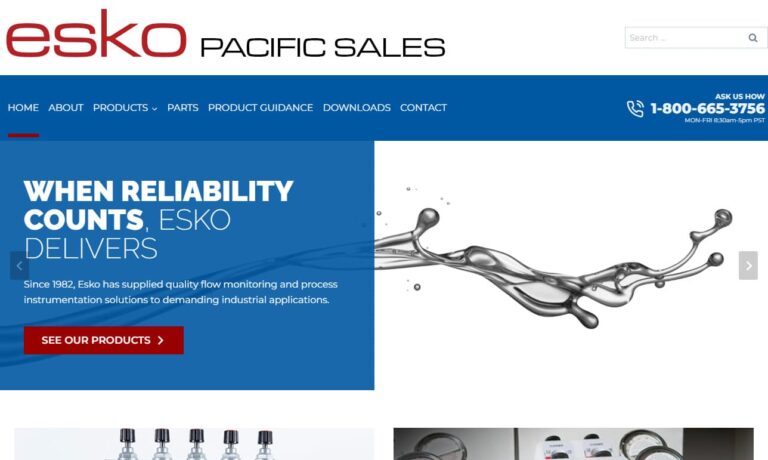
Are you looking for variety and ease in ordering? Then you've come to the right place... D & D Instruments. We offer automotive oil gauges and vacuum gauges. We also provide pressure process gauges. We furnish extensive on-line ordering so you can order just the right product for your application.
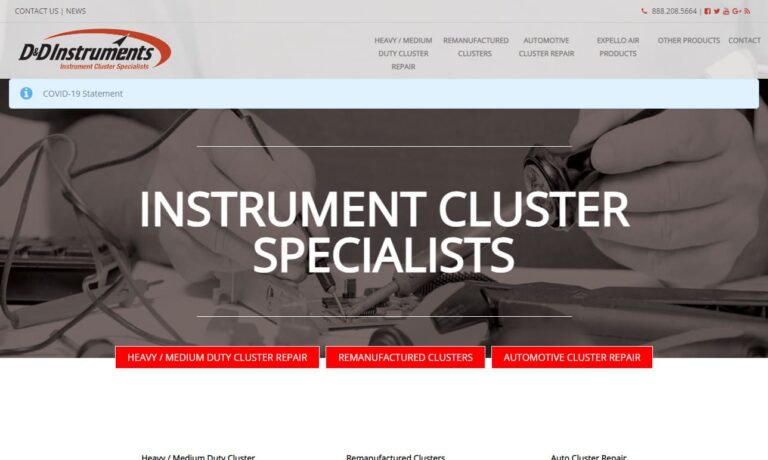
More Lubricating System Manufacturers
Most industrial lubrication systems today are automatic, using preprogrammed settings instead of requiring direct supervision. Known as automatic lubrication systems (ALS) or centralized lubrication systems, they supply precise amounts of lubricant to various parts of a machine in real time, as needed.
Importance of Lubrication Systems
Proper lubrication is arguably the most critical factor in industrial maintenance. Without effective lubricating systems, many industrial and manufacturing processes would suffer from friction and overheating, leading to more frequent maintenance needs. In fact, without lubrication, industrial bearings typically last less than 10% of their potential lifespan. Machinery that requires constant maintenance increases production downtime and negatively impacts overall productivity. In the U.S., it is estimated that a little over 50% of total industrial bearing failures are due to inadequate lubrication.
Common Lubricants for Lubrication Systems
Lubricants can exist in various forms, including solids, solid/liquid dispersions, liquids, greases, and gases. The most crucial characteristic of any lubricant is its viscosity, which is its resistance to flow under force. The thickness of the substance is also an important secondary characteristic.
Typically, lubricating systems use either oil or grease. Oil is an excellent lubricant because it has a relatively high viscosity and does not stick to surfaces. Mineral oils, like petroleum, are considered the best for lubrication because they are more resistant to degradation than organic oils. Grease, which is more viscous than oil, is a semisolid used for lubrication in industrial settings. It is not derived from animal fat but is instead a mixture of soap and mineral or vegetable oil. Increasingly, industrial lubrication is utilizing grease made from synthetic oils, such as silicones, hydrogenated polyolefins, fluorocarbons, and esters. This shift is due to the cost-effectiveness of synthetic oils and their broader range of viscosities, consistencies, and environmental benefits. Grease is typically applied to parts that require less frequent lubrication, as it lasts longer and needs less maintenance.
How They Work
An automatic lubrication system (ALS) is designed to lubricate various machine parts simultaneously by integrating directly with the machine. While these systems are automated, some may require manual engagement, such as using a pump or pressing an activation button, to begin operation.
Automatic lubrication systems can differ significantly in terms of compatibility and configuration. Nonetheless, they all consist of five essential components: a controller/timer, a pump, a supply line, metering valves/injectors, and feed lines.
- Controller/Timer: This component activates and deactivates the lubrication system, either externally or internally from the pump.
- PumpThe pump moves the lubricant from the storage reservoir into the main system.
- Supply Line: This line connects to the pump, allowing lubricant to flow to the metering valves or injectors.
- Metering Valves/Injectors These measure the lubricant and dispense it into the feed lines.
- Feed Lines”The feed lines deliver the lubricant to designated application points.
Types
Lubrication systems come in a wide range of configurations and applications. One of the more convenient ways to categorize automatic lubrication systems is by their method of operation.
Single line progressive lubricating systems get their name from the way lubricant moves progressively through a sequence of metering valves. In these systems, the pump delivers a single shot of lubricant to initiate the lubrication process. A series of valves or pistons shifts and progressively channels the lubricant to bearings or other application points before directing it to the next valve. A timer feedback mechanism eventually stops the progression.
Parallel lubrication systems differ from single progressive systems by employing multiple parallel systems of valves or injectors. Unlike single progressive systems, each injector in a parallel system is dedicated to a single point of lubricant application. Parallel lubrication systems are available in single-line or double-line (dual-line) parallel formats. In both types, pressurized lubricant is vented back to the reservoir during the lubrication process. Single-line parallels achieve this by shutting off the pump, while double-line parallels use a second supply line. The main difference between single and double-line parallel systems is that the latter have reversing valves, which allow pumps to pressurize the second supply line during the lubricating process.
Automatic lubrication systems can also be classified by the specific applications they are designed for. Examples include chain oilers, air lubricators, gas pump lubricators, chain spray/brush lubrication systems, and constant level oilers. Chain oilers work with rail or chain applications. Air lubricators provide both lubrication and filtration for compressed air lines, often built directly into the air line to ensure constant lubrication. Gas pump lubricators prevent fuel pumps from drying out and incurring damage. Chain spray/brush lubrication systems are used in oven applications within the food manufacturing industry. Constant level oilers maintain fluid levels in various equipment, such as bearings, gearboxes, pump housings, and pillow blocks, preventing moisture loss and reducing friction. It’s worth noting that internal combustion engines use force-feed or pressure-feed automatic lubrication systems, sometimes aided by an auxiliary pump.
Multi-point lubrication systems are characterized by a distribution block that connects to and receives input from a single lubrication unit, directing output to multiple hoses. These hoses lead to separate bearings and machinery.
There are also other types of lubrication systems, including multi-port direct lubricating systems, mist lubrication systems, minute volume/low-pressure spray systems, recirculating oil lubrication systems, single-line resistance lubrication systems, and more.
Advantages of Automatic Lubricating Systems
Automatic lubricating systems have several advantages over manual methods. Here are a few key reasons:
- Consistency:: Automatic lubricating systems provide frequent, consistent, and real-time lubrication, which is more effective in maintaining machine longevity. Unlike manual methods, which may result in over-lubrication to compensate for irregular application, automatic systems eliminate this risk with precise application.
- Worker Safety: These systems reduce physical risks associated with manual lubrication, particularly when performed on running machinery, enhancing overall worker safety.
- Efficient Time Usage: Since automatic systems lubricate machinery while it’s in operation, they significantly reduce industrial downtime and improve time efficiency.
- Cost Savings: The combined benefits of automatic lubricating systems make enterprises more cost-effective and productive. Calculating ROI, often with the help of a lubrication system manufacturer, easily demonstrates the advantages of using centralized systems over manual methods.
Applications
Industries that benefit from lubrication systems include automotive, food and beverage, mining, printing, packaging, steel, paper, and industrial machining. Lubrication systems are essential in locations such as power plants, oilfields, and steel processing facilities. Additionally, some lubrication systems are used in residential settings for maintaining computers and cars.
Care and Upkeep
Automatic lubrication systems are complex components of industrial settings that require careful maintenance. Regular inspections of your lubrication system are essential to identify issues such as loose or damaged lines, which can lead to over-lubrication. Over-lubrication can be as hazardous as under-lubrication, so it’s advisable to check your systems at least once daily.
Replace or service the components of your lubrication system at regular intervals. You can usually obtain recommended lubricant change schedules from the manufacturer or supplier of your system. Filters within these systems are crucial and need regular servicing to remain free of dust and debris.
Avoid storing or using lubricants in extreme temperature conditions, as fluctuations can compromise their viscosity and reduce the overall effectiveness of your lubrication system.
Choosing an Automatic Lubrication System
When setting up one or more lubricating systems, there are several important considerations to keep in mind. The first decision is between oil-based and grease-based systems. For stationary manufacturing equipment, such as CNC milling machines, oil-based lubricating systems are ideal. In contrast, grease systems are better suited for mobile units like trucks, construction equipment, and mining equipment. If different applications require different lubrication needs, it’s possible to implement both oil and grease systems.
It’s crucial to ensure that the chosen lubricant is compatible with the operating temperatures, speeds, and torques of the machines. Some oil bases offer better stability than others, so consider the working environment when selecting a lubricant.
Customers must also choose the system configuration that best meets their application requirements, such as deciding between progressive and parallel lubrication systems. Series progressive systems stop functioning if any line or bearing becomes defective, which helps alert operators to mechanical issues early. However, if production uptime is critical, parallel systems might be a better choice, as they don’t rely on every component performing perfectly. Double line parallel systems are especially useful for long-distance lubrication or extreme temperatures.
Choosing the right lubrication system should not be done in isolation. It’s important to find a supplier known for high-quality products and expert advice. Suppliers should offer custom solutions and a variety of products, as manufacturers often don’t provide standard versions of crucial parts like filters, pressure gauges, and grease fittings. Be cautious of packages that require purchasing lubricant directly from the supplier to maintain certain warranty privileges. Seek out a supplier committed to providing the best possible lubrication solution for your needs.

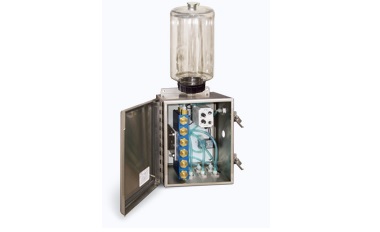
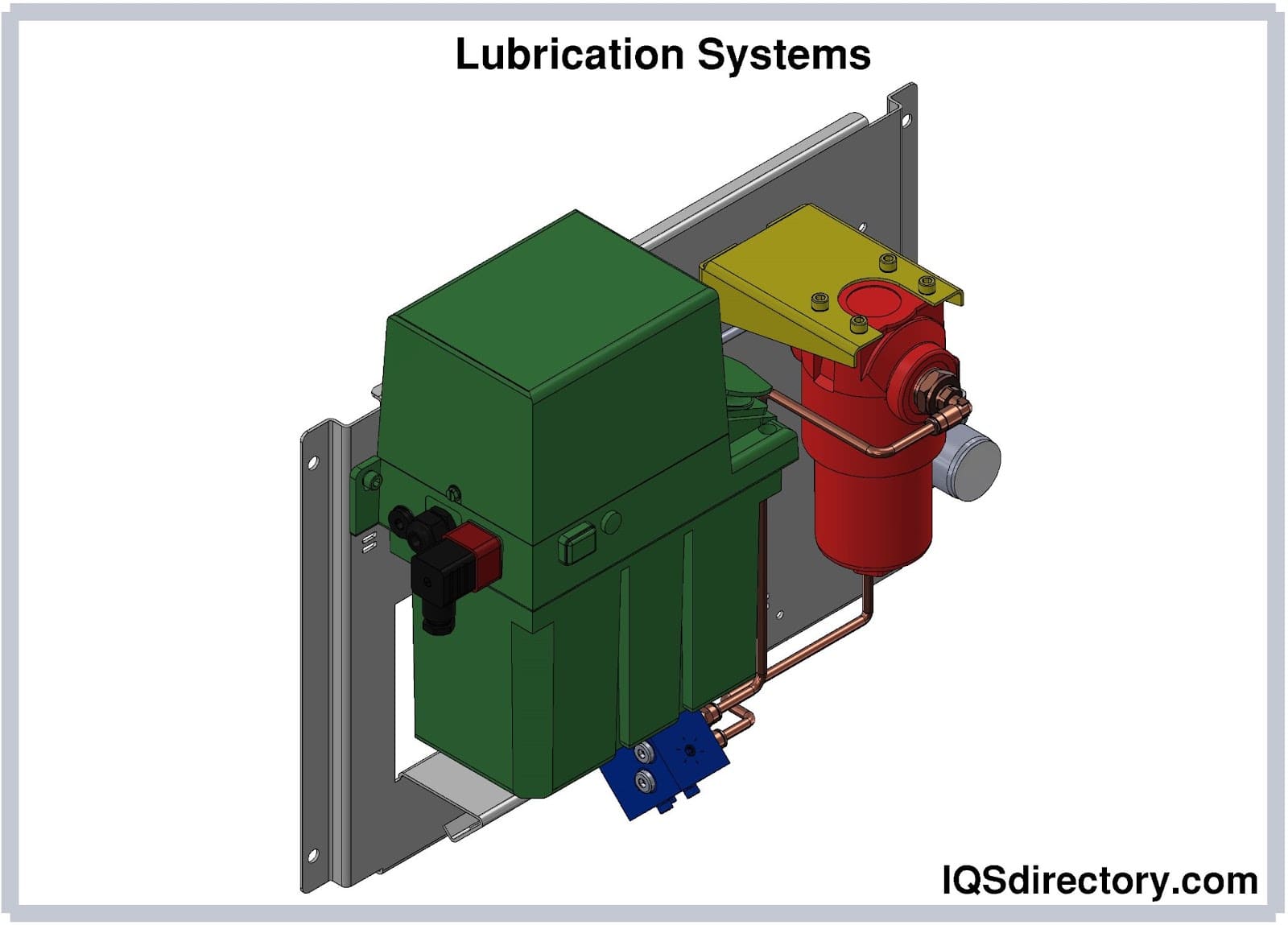
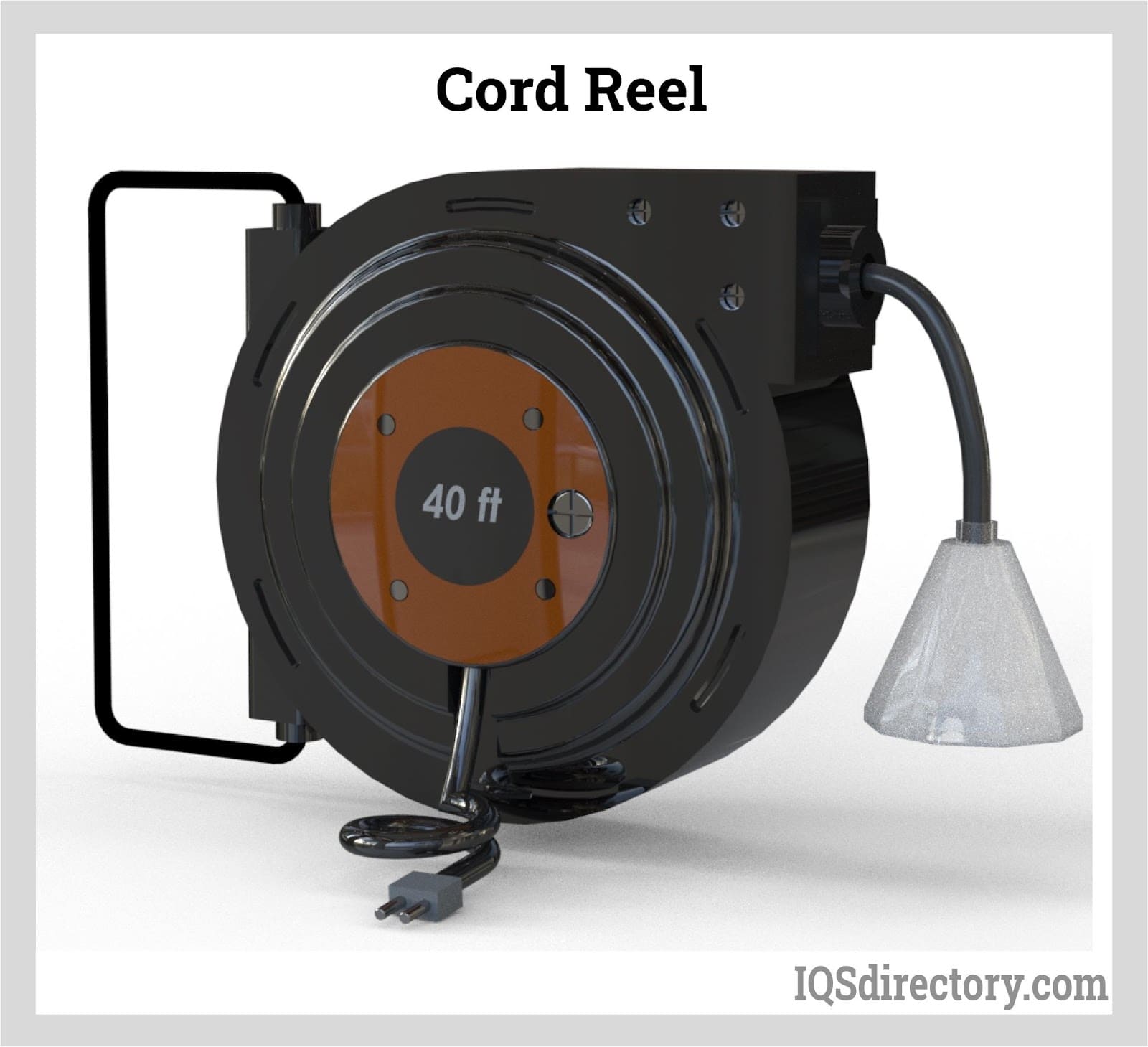
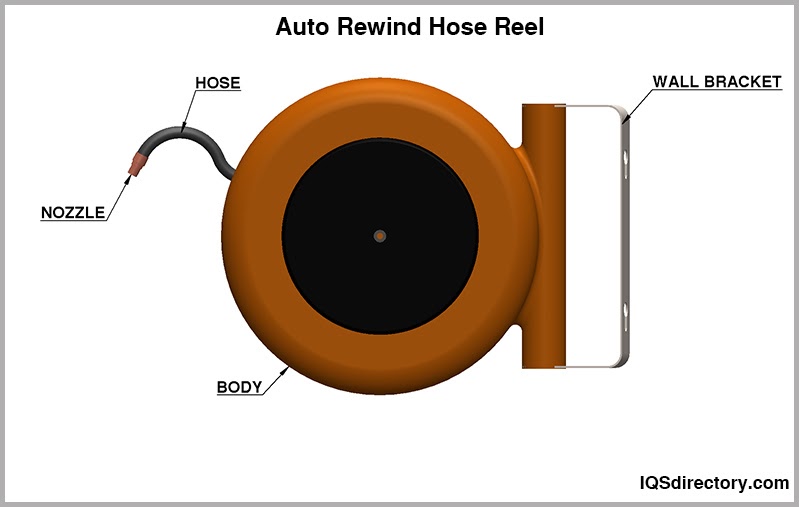

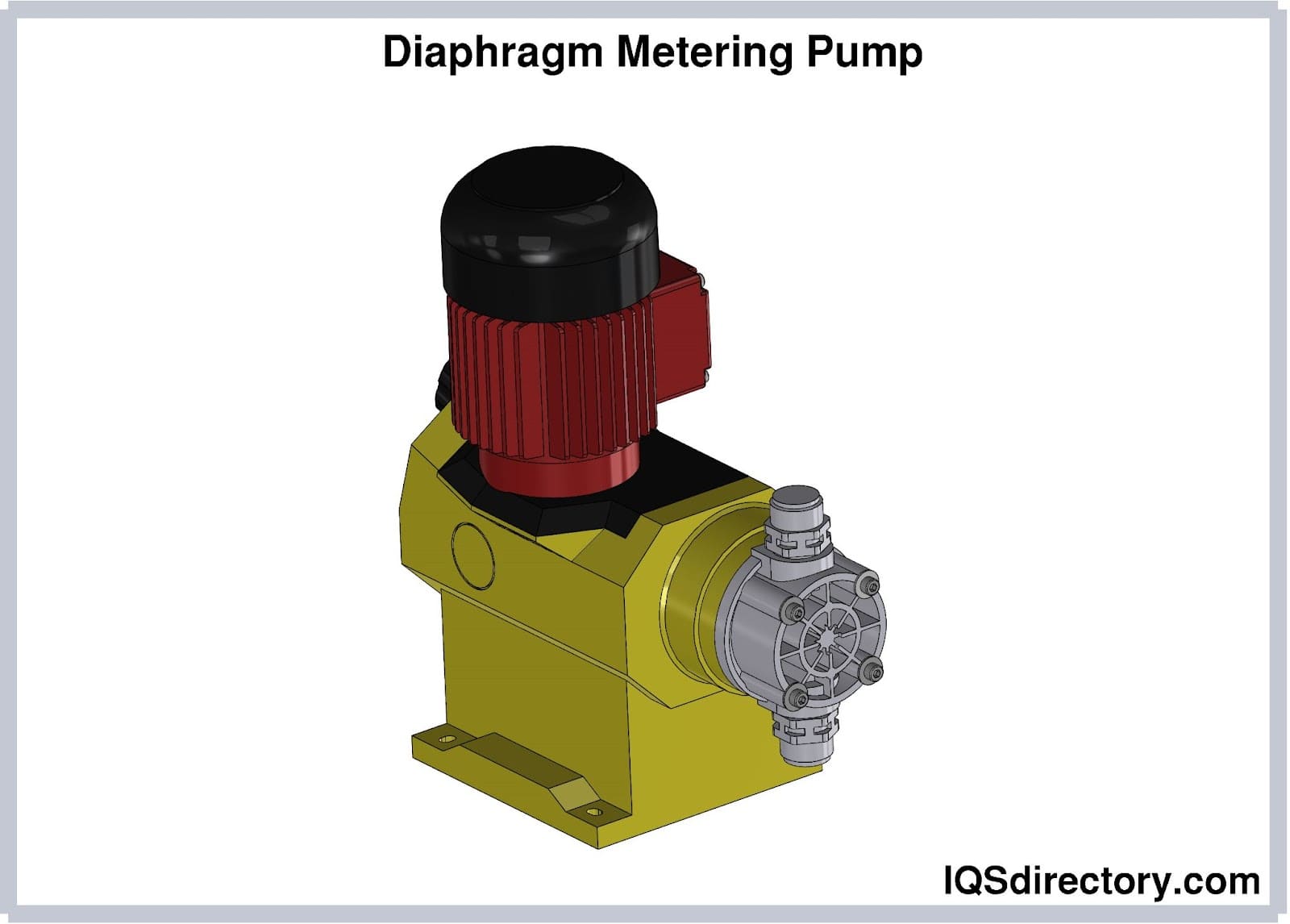

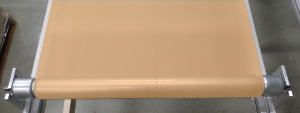 Conveyor Belting
Conveyor Belting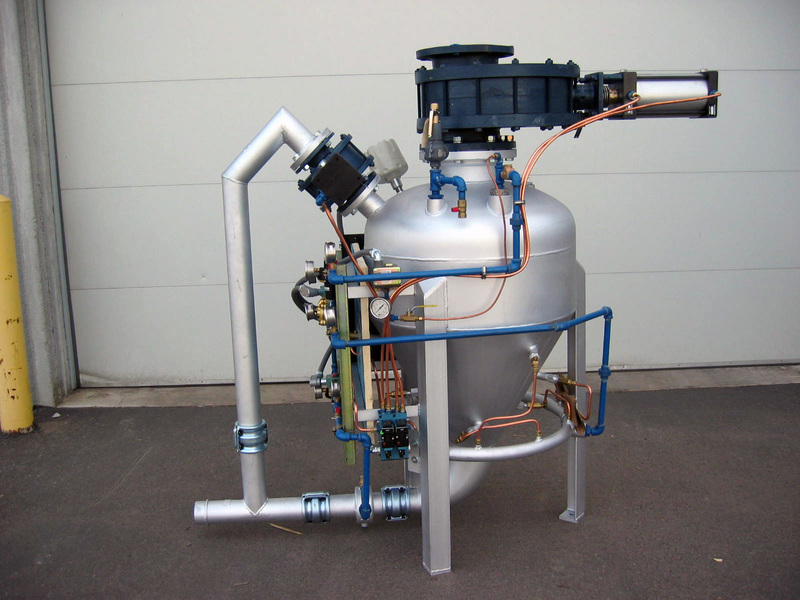 Conveyor Systems
Conveyor Systems Conveyors
Conveyors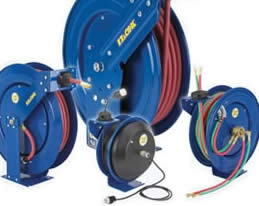 Hosereels
Hosereels Industrial Lubricants
Industrial Lubricants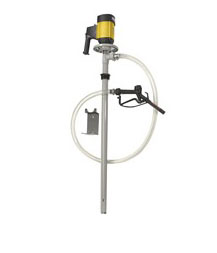 Lubricators
Lubricators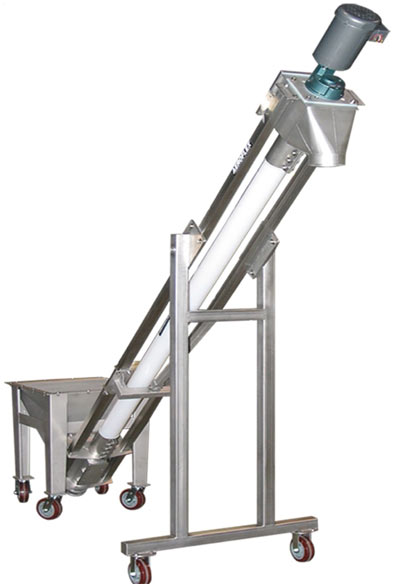 Screw Conveyors
Screw Conveyors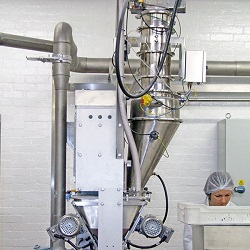 Pneumatic Conveyors
Pneumatic Conveyors AGV
AGV Air Pollution Control
Air Pollution Control Assembly Machinery
Assembly Machinery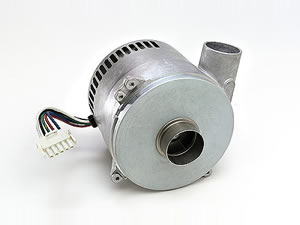 Blowers
Blowers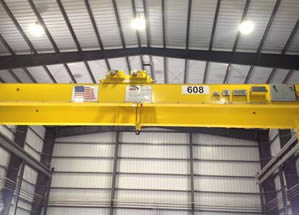 Cranes
Cranes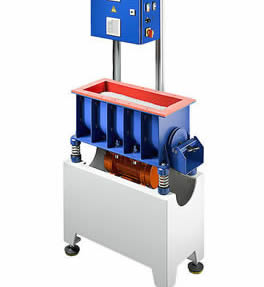 Deburring Machinery
Deburring Machinery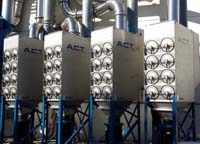 Dust Collectors
Dust Collectors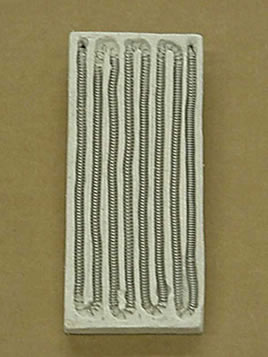 Heaters
Heaters Hose Reels
Hose Reels Mezzanines
Mezzanines Modular Buildings
Modular Buildings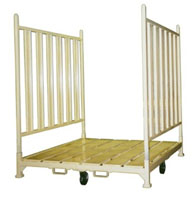 Storage Racks
Storage Racks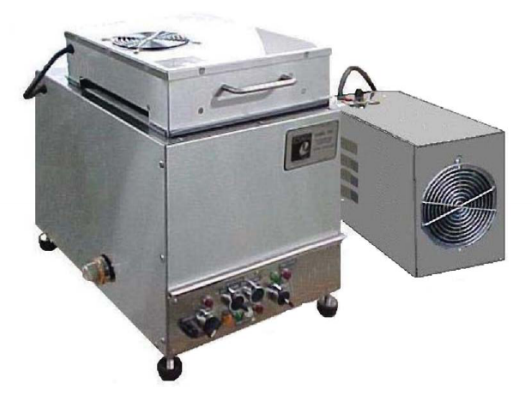 Ultrasonic Cleaners
Ultrasonic Cleaners Work Benches
Work Benches